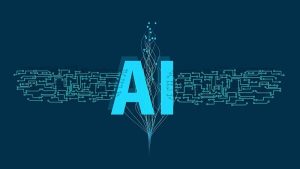The Montana National Guard confirmed last week that its team responded to an April cyberattack against the Montana State University (MSU) in Bozeman.
The Federal Communications Commission (FCC) announced that as part of its efforts to close the homework gap it has allocated more than $24 million in a new funding round for the Emergency Connectivity Fund Program (ECP), which provides digital services for students across the country.
Gallaudet University, a liberal arts university for deaf students, has launched the first tests of new hologram technology for American Sign Language (ASL) in an academic setting.
Led by Code.org, a group of education and technology leaders have launched TeachAI, a new initiative focused on integrating AI education into primary and secondary curricula through new reports, policy recommendations, and public engagement opportunities.
New Mexico has nearly completed its initiative to connect all public schools to high-speed internet service.
The University of Hawaiʻi (UH) will use part of a six-year $17 million grant from Canada’s New Frontiers in Research Fund to improve AI through Indigenous knowledge.
In a boon for higher education leaders, a new dashboard will visualize historical enrollment and population trends, forecast future trends, and provide insights into student migration flow and online-only education.
As part of its work to close the Homework Gap, the Federal Communications Commission (FCC) has allocated nearly $21 million in funding for the Emergency Connectivity Program (ECP).
Following a cyberattack detected on April 6, Minnesota’s Rochester Public Schools (RPS) has announced that it does not believe that any student data was accessed. Additionally, the school system said that it has no evidence that the affected data pertaining to RPS employees has been used for financial fraud or identity theft. Since the attack was detected, the school system has been working with third-party forensics experts as part of an ongoing investigation.
When classes resume this fall, Emory University will be home to the new Center for Artificial Intelligence Learning. According to the university, the center will promote AI literacy across all units of the campus and provide co-curricular learning opportunities that “equip the Emory community with the skills needed to thrive in a technology-focused future.”













